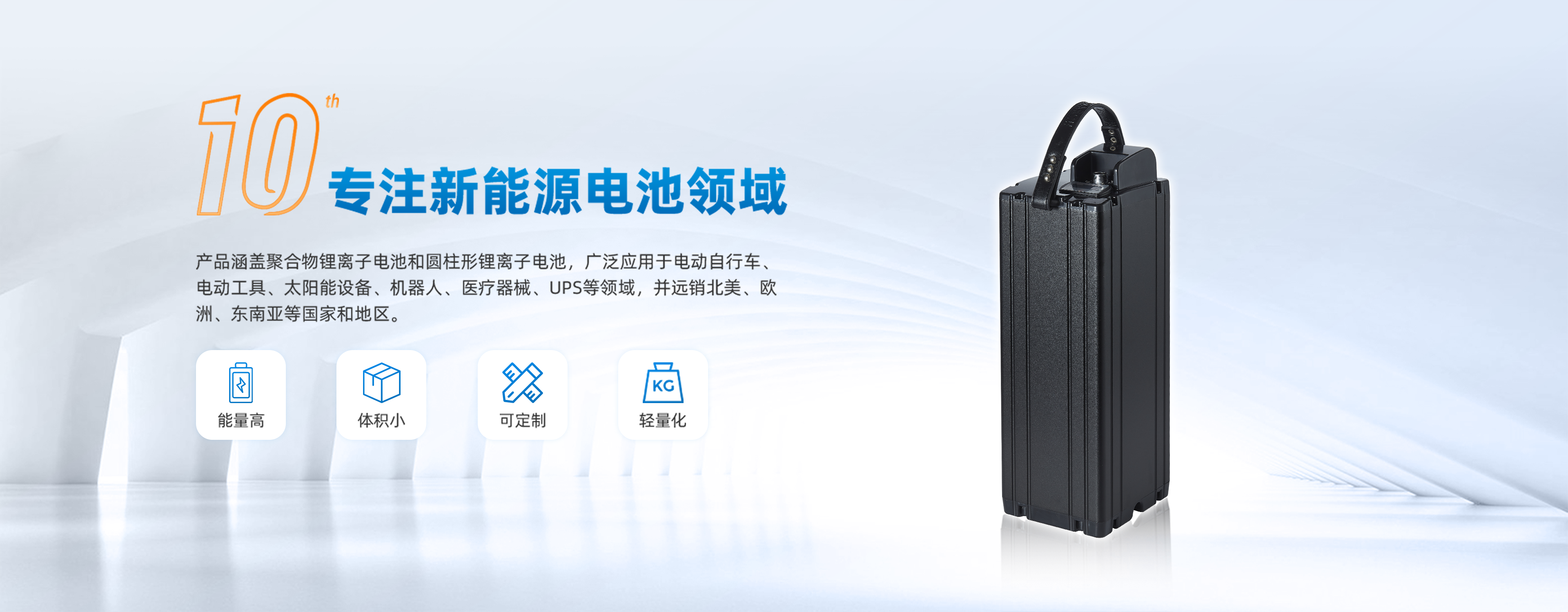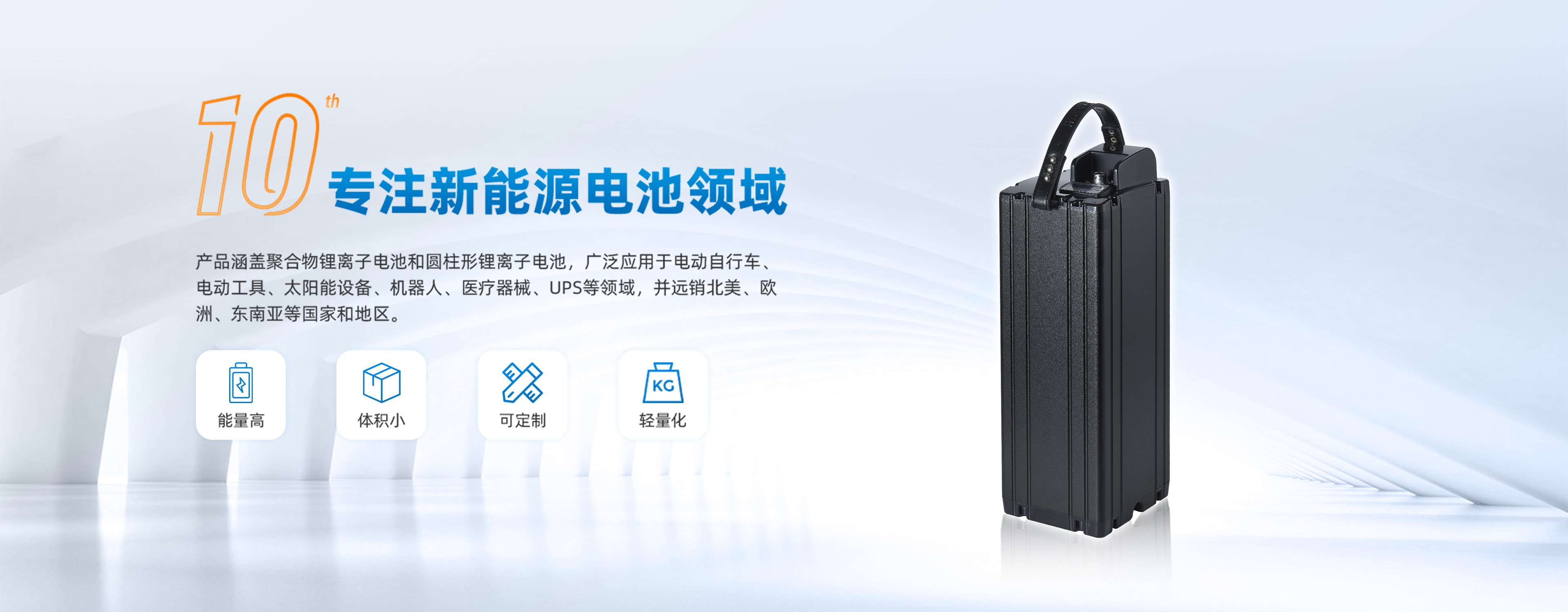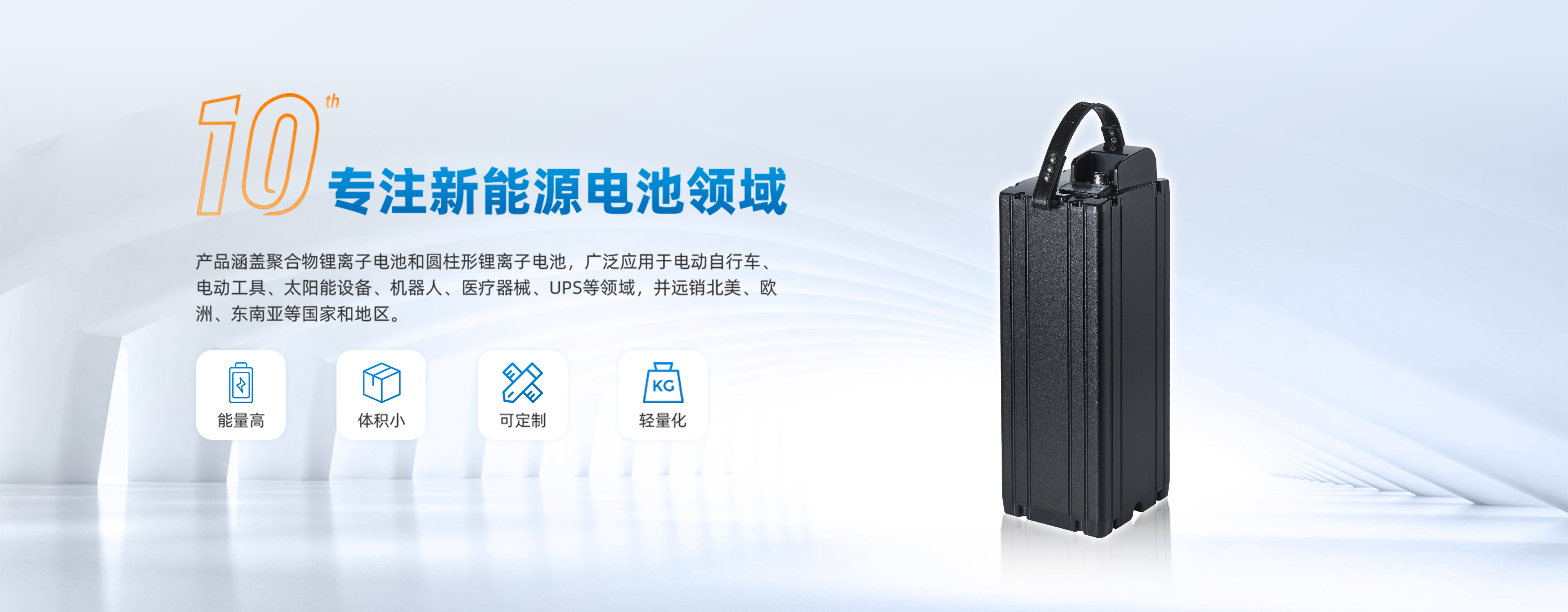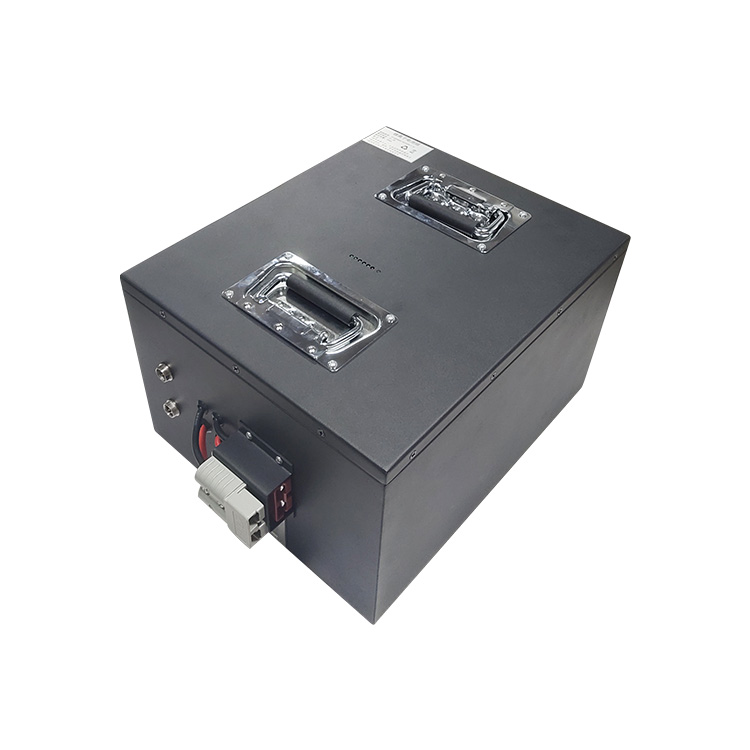Introduction to Lithium Battery GB/T18287-2000
As an important energy storage device, lithium battery is widely used in electric vehicles, portable electronic devices and other fields. To ensure quality and safety of lithium batteries, China National Standardization Management Committee has formulated GB/T 18287-2000 standard, which has made detailed regulations on the specifications and requirements of lithium batteries. This article will introduce the content and importance of GB/T 18287-2000 standard to help readers better understand the relevant standards of lithium batteries.
I. Background of GB/T 18287-2000 standard:
-
purpose of standard formulation: GB/T 18287-2000 standard formulation aims to standardize the production, use and management of lithium batteries, ensure the safety and reliability of lithium batteries, and promote the healthy development of lithium battery industry.
-
Scope of Application: GB/T 18287-2000 standard is applicable to the design, manufacture, transportation and use process of lithium batteries and their components, covering different types of lithium batteries such as lithium ion batteries, lithium polymer batteries, lithium-iron battery, etc.
II. Main contents of GB/T 18287-2000 standard:
-
product classification and naming: the standard classifies and names different types of lithium batteries in detail, including lithium ion batteries, lithium polymer batteries, lithium-iron battery, etc.
-
Technical requirements: The standard specifies the technical requirements of lithium batteries, including capacity, voltage, internal resistance, self-discharge rate, cycle life and other requirements. These requirements aim to ensure stable and reliable performance of lithium batteries.
-
Safety requirements: The standard specifies the safety of lithium batteries, including the requirements of safety protection measures such as explosion-proof performance, overcharge, overdischarge, short circuit, etc. These requirements are aimed at reducing the safety risks of lithium batteries and preventing accidents.
-
Logo and label: the standard specifies the logo and label requirements of lithium batteries, including the labeling of product model, capacity, voltage and other information, so that users can correctly select and use lithium batteries.
-
Detection methods: the standard lists the detection methods of lithium batteries, including capacity measurement, internal resistance measurement, cycle life test, etc. These methods aim to ensure that the quality and performance of lithium batteries meet the standard requirements.
III. Importance of GB/T 18287-2000 standard:
-
ensure the quality and safety of lithium battery: GB/T 18287-2000 standard provides clear specifications and requirements for the design, manufacture and use of lithium battery, ensuring the quality and safety of lithium battery in the process of production and use.
-
Promoting industry development and international communication: GB/T 18287-2000 standards are in line with international standards, providing international reference basis for China's lithium battery industry and promoting the development and international communication of lithium battery industry.
-
Protection of consumers' rights and interests: GB/T 18287-2000 standard stipulates the marks and labeling requirements of lithium batteries, helping consumers to correctly choose and use lithium batteries and protecting consumers' rights and interests.
GB/T 18287-2000 standard specifies the specifications and requirements of lithium batteries in detail, ensuring the quality and safety of lithium batteries. Its formulation not only contributes to the healthy development of lithium battery industry, but also provides consumers with reliable lithium battery products. Therefore, it is very important for lithium battery manufacturers and users to understand and comply with the requirements of GB/T 18287-2000 standard.
 Dongguan Juneng New Energy Technology Co., Ltd.
Dongguan Juneng New Energy Technology Co., Ltd.
 137 5142 6524(Miss Gao)
137 5142 6524(Miss Gao)
 susiegao@power-ing.com
susiegao@power-ing.com
 Xinghuiyuan High tech Industrial Park, Dalang Town, Dongguan City, Guangdong Province
Xinghuiyuan High tech Industrial Park, Dalang Town, Dongguan City, Guangdong Province













 Yue Gong Wang An Bei No. 4419002007491
Yue Gong Wang An Bei No. 4419002007491